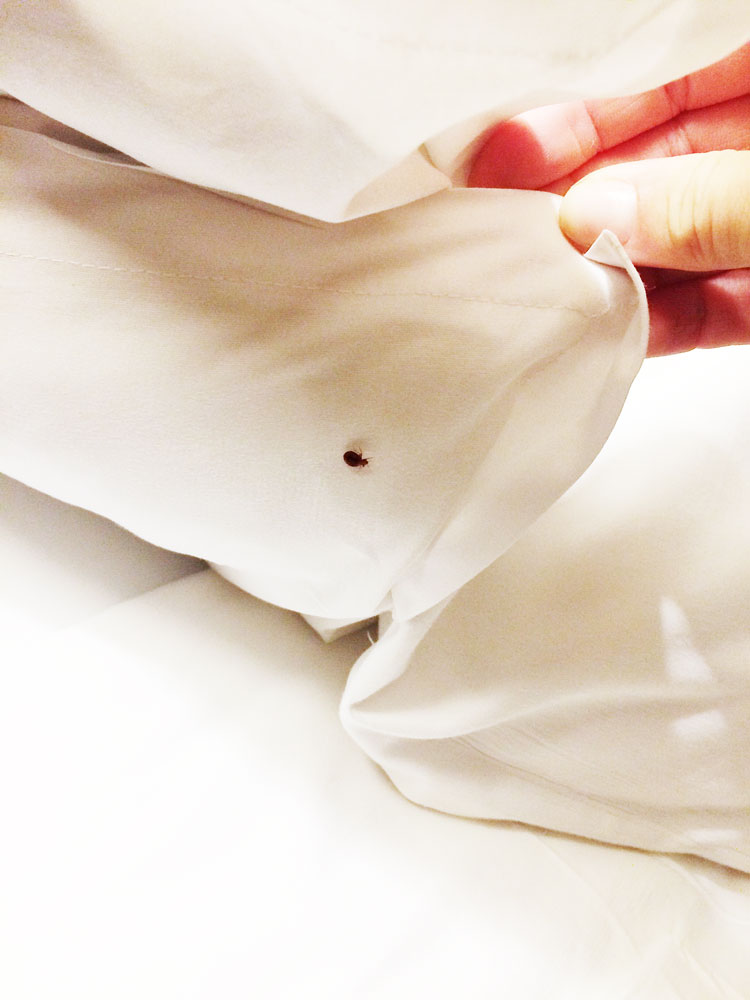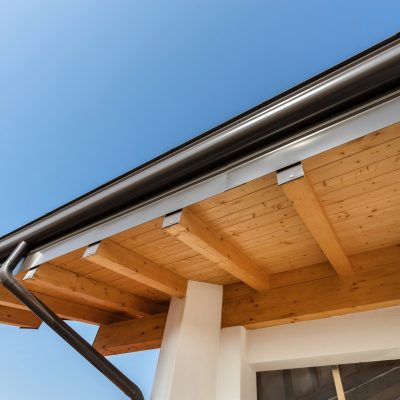
Are you tossing and turning at night, haunted by the fear of bed bug bites? If so, you’re not alone. These pesky pests have turned countless homes into battlegrounds, with homeowners resorting to every possible measure to reclaim their sanctuaries. Among the arsenal of strategies employed, heat treatment often emerges as a go-to solution—an appealing concept that promises swift eradication through high temperatures. But what if we told you it’s not as effective as many believe? In this blog post, we’ll unravel the truth behind heat treatments for bed bugs and explore innovative alternatives that truly pack a punch.
Explanation of heat treatments and how they are marketed as the ultimate solution for bed bugs
Heat treatments have gained traction as a go-to method for eradicating bed bugs. The process involves raising the temperature of infested spaces to lethal levels, effectively killing pests in every stage of their life cycle.
Marketing campaigns tout heat treatment as the ultimate solution. They promise homeowners an extermination experience that’s quick and chemical-free.
However, this idealized narrative doesn’t always match reality. While heating can eliminate some bed bugs, it often falls short where infestations are severe or deeply entrenched within furniture and walls.
The allure lies in its simplicity and perceived effectiveness, leading many to believe they’ve found a permanent fix for their bed bug woes without considering potential drawbacks or limitations inherent in this approach.
The reality of heat treatments: why they are not as effective as claimed
Heat treatments are often marketed as the ultimate solution for bed bugs. However, their effectiveness is frequently overstated.
One significant issue is the emergence of resistant bed bug strains. Over time, these pests have adapted to withstand higher temperatures, making them less vulnerable to heat exposure.
Another drawback lies in heat penetration. While surface temperatures may rise sufficiently to kill some bugs, deeper layers of furniture and walls remain untouched. This allows hidden infestations to thrive undetected.
Additionally, the costs associated with professional heat treatment can be prohibitive for many households. The process can also be highly inconvenient, requiring residents to vacate their homes during treatment and take precautions with belongings.
This reality raises questions about relying solely on heat when dealing with a persistent problem like bed bugs.
Resistance from certain bed bug strains
Bed bugs have evolved over the years, and some strains are becoming increasingly resistant to common treatments. This adaptation poses a serious challenge for those trying to eliminate infestations.
Studies reveal that certain bed bug populations can withstand higher temperatures than previously thought. These resilient pests can survive heat treatments that would typically obliterate their less resistant counterparts.
This resistance not only complicates eradication efforts but also calls into question the effectiveness of heat as a standalone solution. Homeowners may find themselves investing in expensive heating equipment only to discover lingering bed bug issues due to these adaptive strains.
Understanding this aspect is crucial when selecting treatment methods, as relying solely on heat might leave you fighting an uphill battle against these tenacious insects.
Inability to penetrate deep into furniture and walls
Heat treatments might sound like a solid solution against bed bugs, but they face significant limitations. One major drawback is their inability to reach the hidden nooks and crannies where these pests often reside.
Bed bugs love to hide in deep crevices of furniture and within walls. They tend to seek refuge in areas that heat cannot easily penetrate, such as behind baseboards or inside upholstered pieces. As a result, even if the surface temperature rises sufficiently, many bugs may still survive.
This means parts of your home could remain infested while you think you’ve solved the problem. Even after undergoing treatment, it’s crucial to remember that some bed bug populations can endure heat exposure by simply avoiding direct contact with heated surfaces.
Focusing solely on heat treatments may lead to false peace of mind while allowing these resilient pests to thrive undetected nearby.
High cost and potential property damage
Heat treatments for bed bugs can be quite pricey. You’ll often find yourself paying hundreds, if not thousands, just to rid your home of these pesky insects.
Beyond the financial burden lies the potential damage to floors, furniture, and electronics. The heat can cause warping and buckling in vulnerable floor types like vinyl plank and laminate, which can add to the already existing high cost of heat treatment.
Moreover, there’s no guarantee that this method will completely eliminate bed bugs on the first try. This uncertainty adds stress and could lead you right back to square one after all that expense and effort.
Alternative solutions:
When it comes to tackling bed bugs, there are alternatives that deserve your attention.
One promising option is insecticide spore products. These specially formulated spores target bed bugs at their source, offering a unique mode of action against these resilient pests.
Boric acid dust is another viable alternative. This powder sticks to the exoskeletons of bed bugs and disrupts their digestive system when ingested—an approach that proves lethal over time.
Insecticide sprays provide an immediate solution by directly targeting adult bed bugs and eggs on contact. Easy to apply and often designed for household use, they bring convenience along with efficacy.
Using these options can lead you down a more effective path in your battle against unwanted infestations. Each method brings its own strengths worthy of consideration.
How these alternatives work and their effectiveness
Insecticide spore products target bed bugs at the microscopic level. When they come into contact with these spores, the pests cannot escape their fate. The spores penetrate their exoskeletons, leading to dehydration and death.
Boric acid dust serves as another weapon against this resilient foe. It disrupts the bug’s digestive system when ingested, causing internal damage that proves fatal over time. This method is particularly effective in areas where bugs hide but may be overlooked during traditional cleaning.
Insecticide sprays create a barrier that deters bed bugs from crossing treated surfaces. These sprays act quickly upon contact, killing on impact while also leaving residual effects for days or weeks after application.
Scientific studies back these alternatives with solid evidence of effectiveness. Research shows marked reductions in bed bug populations when using these treatments compared to heat alone.
Advantages of using these alternatives over heat treatments
One of the most significant advantages of alternatives like insecticide spore and boric acid dust is their cost-effectiveness. Many homeowners find these options more budget friendly compared to expensive heat treatments.
These alternatives offer targeted action against bed bugs. Unlike heat treatments that require an entire room to be heated, specific applications can be made directly where infestations are found. This precision minimizes waste and maximizes effectiveness.
Moreover, they often have longer residual effects. Once applied, products like boric acid continue working over time, eliminating any newly hatched bed bugs that might emerge later.
Ease of application adds another layer of appeal. Homeowners can use sprays or powders without needing professional services. This flexibility empowers individuals to take control of their pest problems on their terms without extensive disruptions to daily life.
In essence, switching from costly heat treatments to smarter alternatives could lead not only to better results but also a less stressful eradication process.





